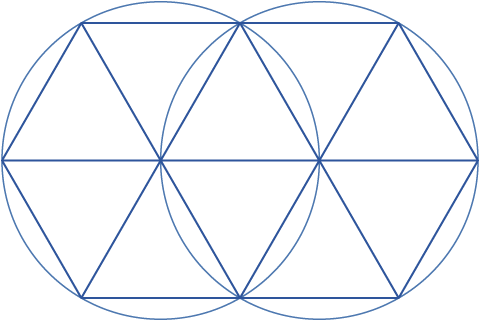The following is a transcript of Chapter VI of The Pythagorean Triangle: Or, the Science of Numbers by the Rev. Dr. George Oliver, a noted 19th century English Freemason. I have compiled this from several sources, including the Internet Archive, Google Books, and my own copy of the work. I slightly reworked the layout where necessary, including sort of rejiggering the chapter opening here. I've made several minor typographic modifications as well, such as removing the spaces before semicolons (a form of punctuation the good Doctor seems to have had a particular fondness for).
The rest of the book consists of similar musings on the other natural numbers, up to ten. I do not necessarily agree with Dr. Oliver's views, either on the hexad in particular, or on Christian numerology in general. I certainly don't agree with his cryptodecimalist ontology. But it is nonetheless an interesting treatment of the subject, and I offer it here as a noteworthy historical artifact of antiquarian hexagonal thought.
A PDF version of the full book can be downloaded from our Hexagonal Library.
